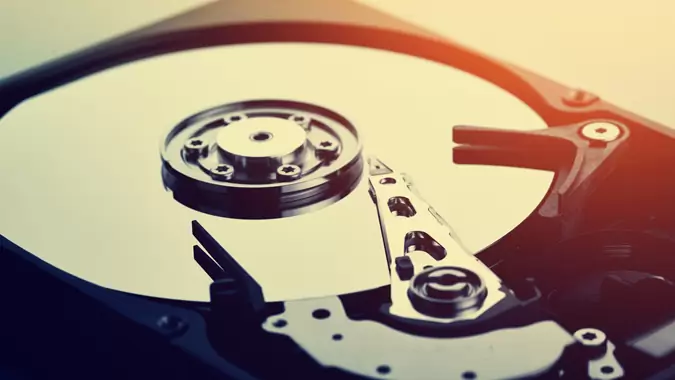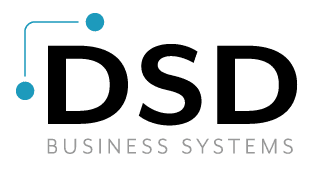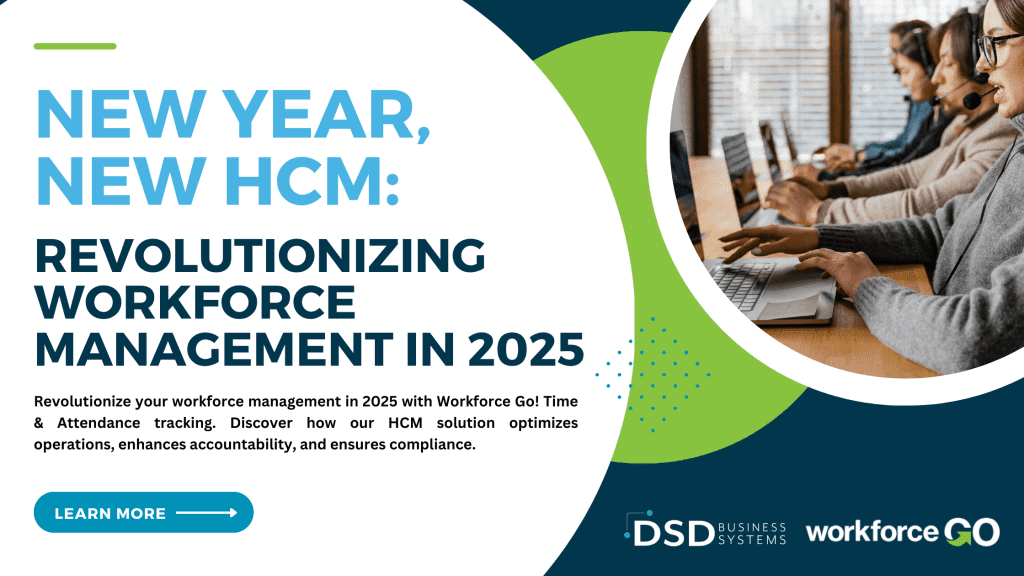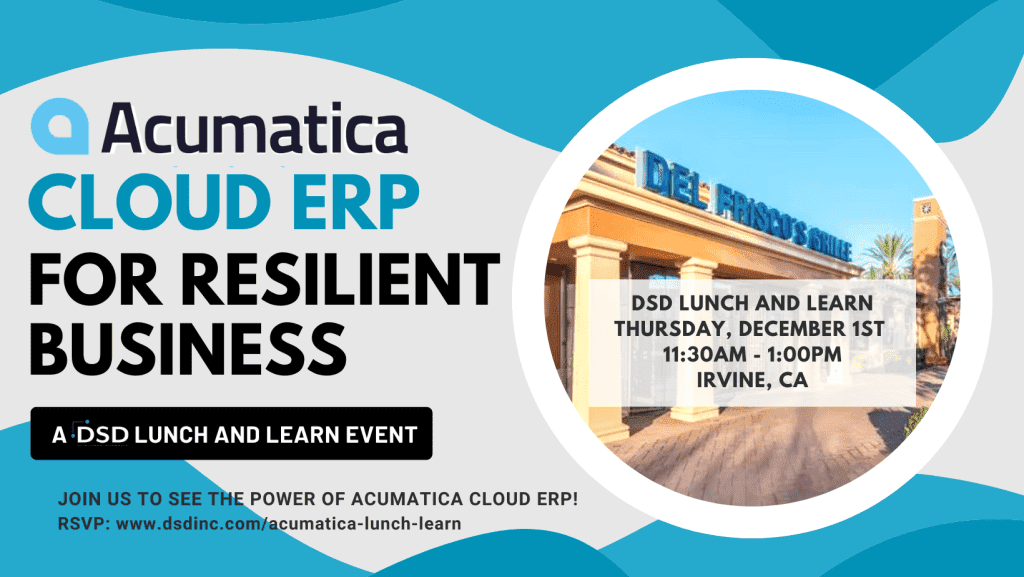Will Your Backup Get You Back Up?

A backup system has always been a fundamental requirement for any enterprise. For fun, let’s review the history of backup solutions?
- Clay tablets
- Paper
- Carbon paper
- Punch cards
- Magnetic tape
- Floppy disks
- Tape cartridges
- CDs and DVDs
- Zip drives
- USB flash drives
- External hard drives
- SAN, NAS, VTL, and SSD
- Cloud
It wasn’t until 1982 that backup software emerged to help automate the essential tedium of creating removable storage. But why is backup important? Of course there are many reasons, of which the most important is to Restore, Recover, and Run. While backup systems have seen many mediums and technologies, they have not always been user-friendly or responsive to the essential task of quickly restoring the enterprise to the point of picking up where they left off before the incident occurred.
Hence the relatively new term, Disaster Recovery System, has come into play particularly with the advent of cloud computing. But is every incident in which there is a need to restore data from a backup medium a disaster? Likely, and hopefully not.
In addressing the needs of an ERP system, the platform of the system plays an important role in determining the selection of a backup and recovery system. Take Sage 100 Standard and Advanced. Programs and data files reside on the server, and while programs and largely static, there are many data files that are affected with data entry, register updates, creating reports and views, and a myriad of other tasks. Each of these tasks, if gone awry, could evoke one or more appropriate actions for restoring from a backup for the purpose of running again. For example, sometimes a workstation session freezes and the culprit is a single corrupted file. If the file can’t be recreated or copied from somewhere else on the server, it may be most expedient to restore from a backup. Conversely, if a large sales invoice batch gets interrupted and many files are in various stages of update, it may be appropriate to restore a large or even the entire company data set from backup. In either case, it is imperative that the enterprise can quickly and confidently perform the appropriate restoration procedure.
So regardless of the backup solution, the most important aspect of the recovery system is the restore. This is where many enterprises fail to plan, test, or execute. While great care may be taken to ensure backups are happening as planned, oftentimes very little is done to ensure that, 1) backups are verified, 2) files can be selectively restored, and 3) the expertise to restore the backup is quickly available. Disaster, or more commonly inconvenience, can then be averted by a system comprised of:
- a backup product tailored to the needs of the enterprise
- thoughtful selection of data files and programs
- frequency of the backup
- location of the backup
- the retrieval method
- target for the restoral of the files
- procedure for the restoral
- identification and availability of the personnel
- training of the personnel
- preventative testing of the backup and restoral processes
So how do you know which system is right for your enterprise? Consulting your IT professional is a good place to start. And to prepare for that conversation, ask yourself what would happen to the enterprise, to you, to your customers, vendors, and employees, IF the unpredictable corruption or unthinkable disaster occurs. Each system within the enterprise likely has different needs so multiple systems or solutions may be appropriate. One thing is certain – if a backup can’t be restored within a tolerable time and with full confidence that operations can pick up where they left off, the backup solution may be about as valuable as a clay tablet.
Written by Bob Pfahnl, General Manager at DSD San Jose









